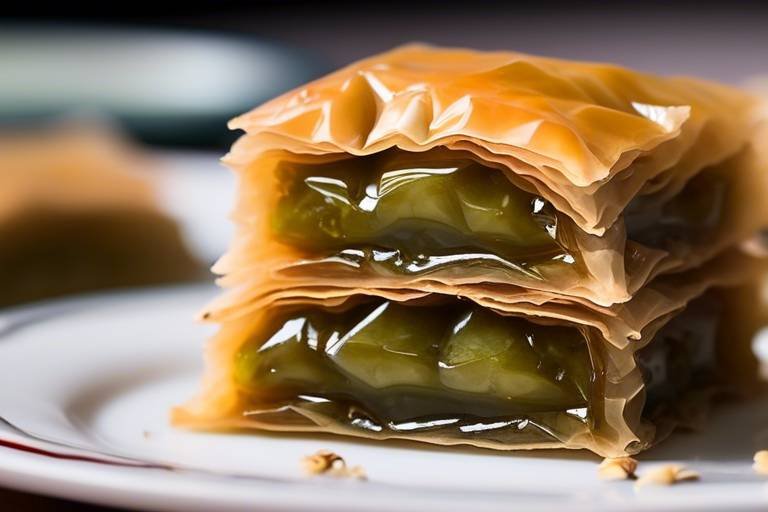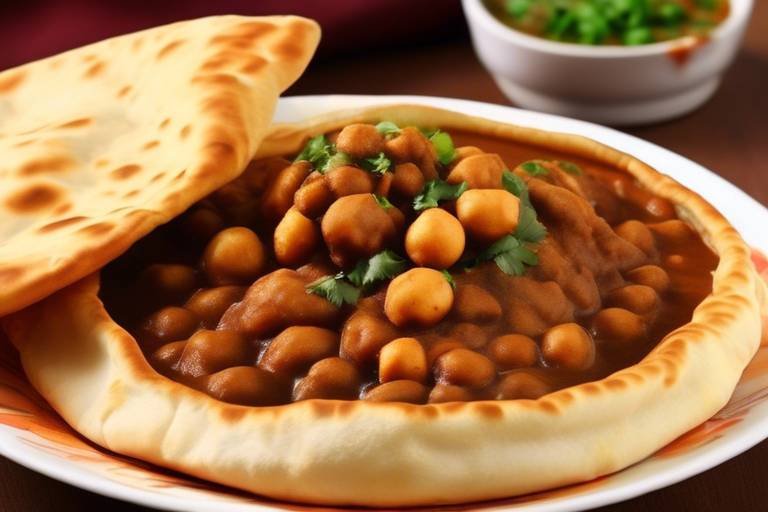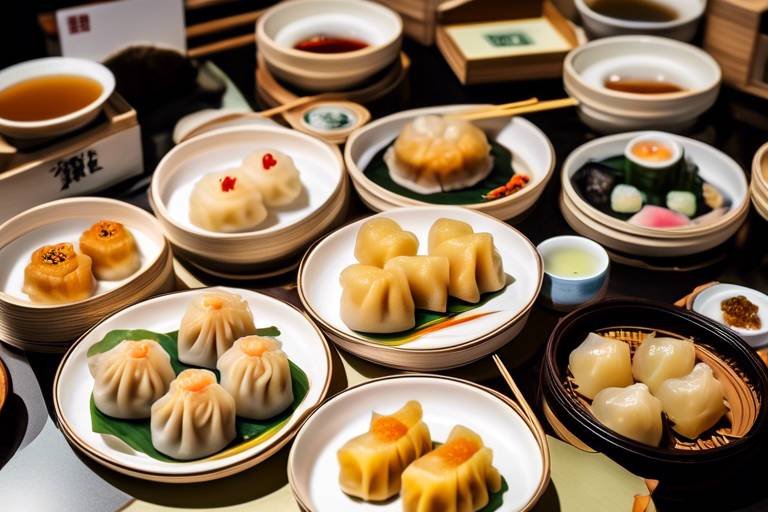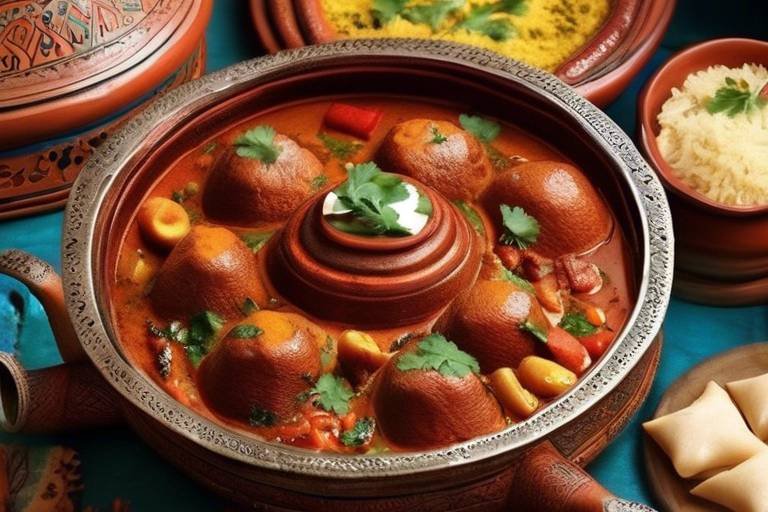The Ultimate Guide to Authentic Brazilian Feijoada
Feijoada, Brazil's national dish, is more than just a meal; it's a cultural experience that embodies the rich history and identity of the country. Originating from the culinary traditions of enslaved Africans, Feijoada has evolved over centuries to become a beloved icon in Brazilian cuisine. The hearty stew is a symbol of resilience, blending flavors and techniques from diverse cultural influences to create a dish that is uniquely Brazilian.
At the heart of authentic Brazilian Feijoada are the key ingredients that give this dish its distinctive taste. Black beans, pork cuts, smoked sausages, and seasonings like bay leaves and orange peel come together to create a flavorful and robust stew. The combination of savory meats and earthy beans, simmered slowly to perfection, results in a dish that is both comforting and complex in flavor.
To truly appreciate Feijoada, one must understand the traditional preparation methods that have been passed down through generations. From soaking the beans overnight to layering flavors through slow-cooking meats in a clay pot, each step in the process contributes to the depth of taste that defines authentic Feijoada. The careful attention to detail and time-honored techniques ensure that every bite is a celebration of Brazilian culinary heritage.
As Feijoada has traveled across the vast landscape of Brazil, it has taken on regional variations that reflect the diverse cultures and ingredients found in different states. From the feijoada completa of Rio de Janeiro with various meats and accompaniments to the lighter seafood feijoada of Bahia, each region offers a unique twist on this classic dish. These variations showcase the creativity and adaptability of Brazilian cuisine, adding depth and complexity to the culinary landscape.
No Feijoada feast is complete without the perfect accompaniments and side dishes that enhance the dining experience. From crunchy farofa and vibrant collard greens to refreshing orange slices and traditional caipirinha cocktails, each element adds a layer of texture and flavor to the meal. The balance of savory, sweet, and citrusy notes creates a harmonious symphony of tastes that elevate the Feijoada experience to new heights.
Feijoada is more than just a dish; it is a symbol of Brazilian identity and pride. It represents the fusion of cultures, the resilience of the Brazilian people, and the joy of coming together to share a meal. Whether enjoyed at a festive gathering or a cozy family dinner, Feijoada embodies the spirit of community and tradition that is at the heart of Brazilian culture.
While Feijoada is a hearty and indulgent dish, it also offers a range of health benefits due to its nutrient-rich ingredients. Packed with protein, fiber, and essential vitamins, Feijoada can be a wholesome addition to a balanced diet when enjoyed in moderation. Pairing it with fresh vegetables, whole grains, and lean proteins can further enhance its nutritional value, making it a satisfying and nourishing meal choice.
For those eager to recreate the flavors of Brazil in their own kitchen, mastering the art of authentic Feijoada is a rewarding culinary journey. By sourcing high-quality ingredients, following traditional techniques, and infusing each step with passion and care, anyone can bring the taste of Brazil to their table. From the first simmer of beans to the final garnish of fresh herbs, making Feijoada at home is a labor of love that yields delicious results.

History of Feijoada in Brazil
Feijoada holds a significant place in Brazilian culinary history, tracing its roots back to the time of slavery in the country. Originally created by enslaved Africans using leftover cuts of meat, beans, and spices, Feijoada has evolved over the centuries to become a symbol of Brazil's cultural identity. The dish reflects the fusion of African, Portuguese, and indigenous influences that shape Brazilian cuisine.
During the colonial period, Feijoada was considered a humble meal, often consumed by lower-income populations. However, as Brazil gained independence and developed its national identity, Feijoada transitioned into a dish that symbolized unity and pride among Brazilians. It became a staple in celebratory gatherings, family events, and cultural festivals, embodying the spirit of togetherness and shared heritage.
Over time, Feijoada transcended its humble origins to become a culinary icon that represents the diversity and richness of Brazilian gastronomy. Today, it is not just a dish but a cultural phenomenon that celebrates the country's history, traditions, and vibrant culinary landscape. The evolution of Feijoada mirrors the complex tapestry of Brazilian society, blending flavors, techniques, and stories from different cultural backgrounds into a harmonious culinary masterpiece.
As Feijoada continues to hold a special place in the hearts of Brazilians, it serves as a reminder of the resilience, creativity, and ingenuity of the people who have shaped the country's culinary heritage. Its history is a testament to the power of food to bring people together, preserve traditions, and celebrate the unique cultural identity of Brazil.

Key Ingredients in Authentic Feijoada
Feijoada, Brazil's national dish, holds a special place in the hearts and stomachs of Brazilians. This hearty stew, with its rich history and cultural significance, is more than just a meal—it's a symbol of Brazilian identity. Let's dive into the world of Feijoada and uncover the secrets behind this beloved culinary icon.
When it comes to crafting an authentic Feijoada, the key lies in the selection of ingredients. Black beans, a staple in Brazilian cuisine, form the base of this flavorful stew. The marriage of different pork cuts, such as ribs, ears, and feet, adds a depth of taste that is unmatched. Seasonings like bay leaves, garlic, and orange peel bring a burst of flavor to the dish, creating a symphony for the taste buds.
To truly capture the essence of Feijoada, one must also include smoked sausage, bacon, and dried beef. These ingredients not only enrich the stew with their distinct flavors but also contribute to its robust and hearty nature. The combination of these elements results in a dish that is both comforting and satisfying, perfect for bringing people together around the dining table.
Additionally, the use of farofa, a toasted cassava flour mixture, as a side dish adds a crunchy texture that complements the stew beautifully. The freshness of collard greens and the zesty kick of orange slices round out the meal, creating a harmonious balance of flavors that is a hallmark of Brazilian cuisine.
For those looking to elevate their Feijoada experience, a refreshing caipirinha cocktail made with cachaça, lime, and sugar serves as the perfect accompaniment. This classic Brazilian drink enhances the dining experience, cleansing the palate between each savory bite of the stew.
Feijoada is not just a dish; it's a celebration of Brazilian culinary heritage and a testament to the country's vibrant food culture. Each ingredient in this iconic stew plays a crucial role in shaping its identity, reflecting the diverse influences that have shaped Brazilian cuisine over the centuries.
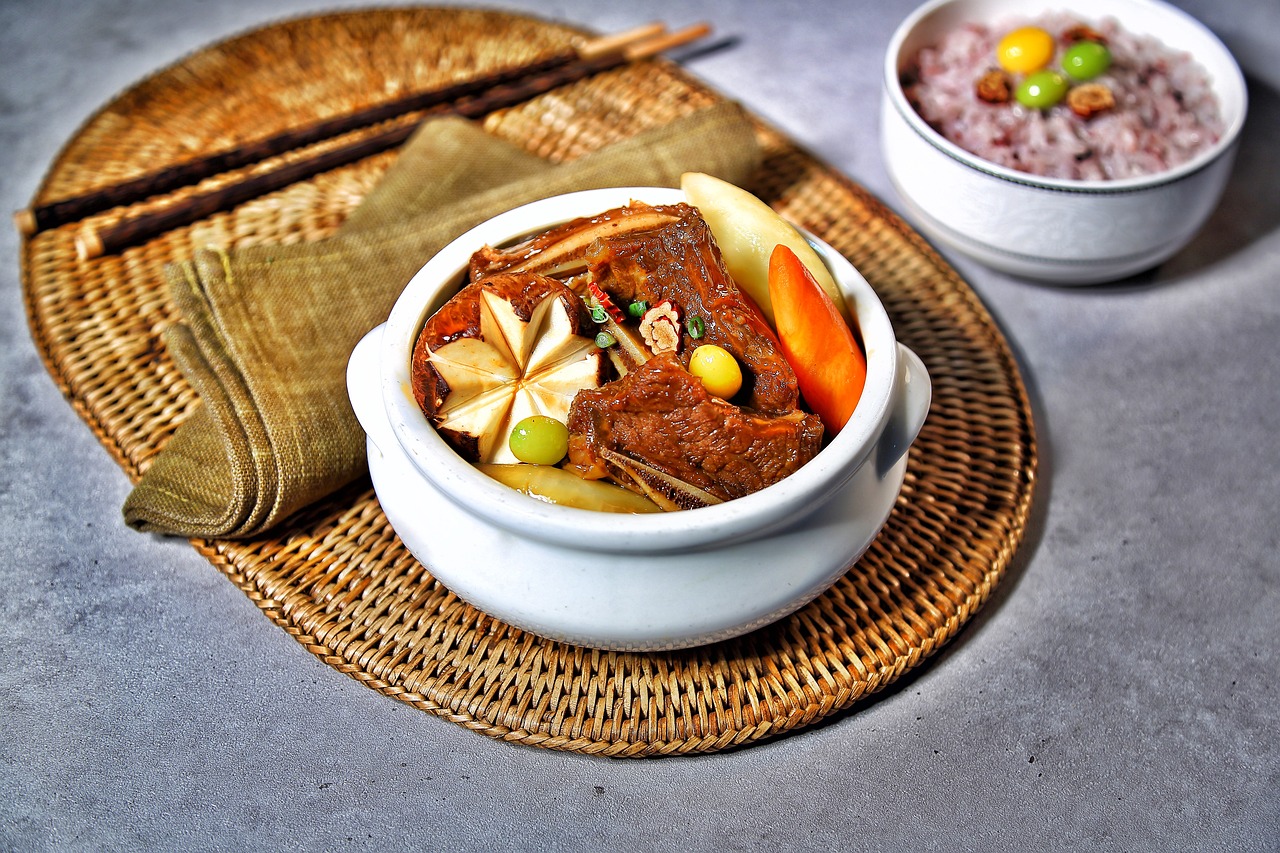
Traditional Preparation Methods
When it comes to preparing authentic Feijoada, traditional methods play a crucial role in achieving the rich and robust flavors that define this iconic Brazilian dish. One of the key steps in making Feijoada is soaking the black beans overnight to ensure they cook evenly and become tender. This process not only helps to soften the beans but also allows them to absorb the flavors of the other ingredients during cooking.
The next essential step in the traditional preparation of Feijoada is slow-cooking the meats. Pork cuts such as ribs, shoulder, and sausages are commonly used in Feijoada, and they are simmered for hours in a clay pot to develop a deep, savory taste. The slow cooking process allows the meats to become tender and infuse the stew with their rich flavors, creating a hearty and satisfying dish.
Another important aspect of traditional Feijoada preparation is the use of seasonings and spices. Ingredients like bay leaves, garlic, onions, and orange peel are often added to the stew to enhance its aroma and taste. These seasonings contribute to the complex flavor profile of Feijoada, adding depth and richness to each spoonful.
Additionally, the layering of flavors is a key technique in preparing Feijoada. By adding the meats and beans in layers and allowing them to cook together slowly, the flavors meld and intensify, resulting in a harmonious blend of textures and tastes. This method of layering ingredients creates a depth of flavor that is characteristic of authentic Feijoada.
Overall, the traditional preparation methods of Feijoada require time, patience, and attention to detail. By following these time-honored techniques, you can recreate the authentic flavors of Brazil's beloved stew in your own kitchen, bringing a taste of Brazilian culinary heritage to your table.
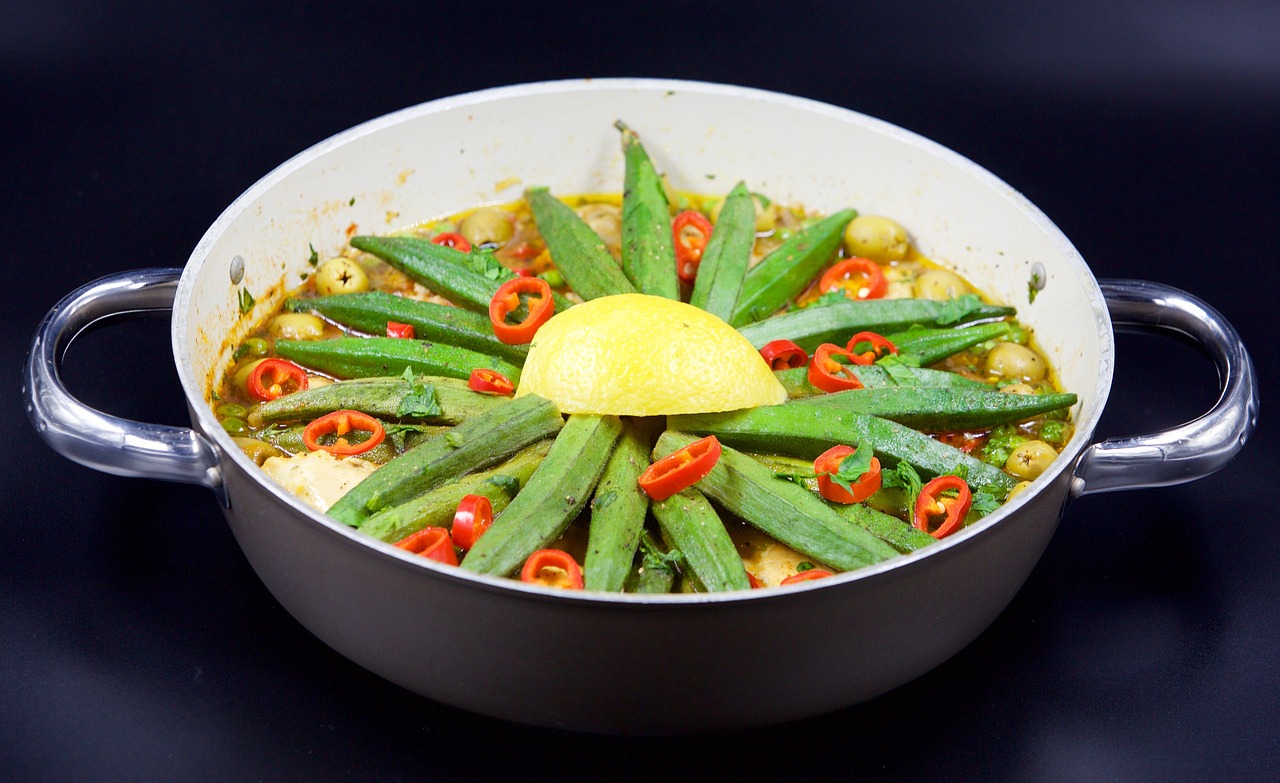
Regional Variations of Feijoada
When it comes to Feijoada, the iconic Brazilian stew, regional variations play a significant role in shaping the diverse flavors and culinary traditions across different states in Brazil. Each region puts its unique twist on this beloved dish, incorporating local ingredients and cooking styles that set their Feijoada apart from the rest.
In the northern region of Brazil, Feijoada is often prepared with a focus on seafood, reflecting the abundance of fresh fish and shrimp in the area. The stew may feature ingredients like dried salted cod, coconut milk, and palm oil, adding a tropical flair to the traditional recipe.
On the other hand, in the southern states of Brazil, Feijoada tends to be more meat-centric, with an emphasis on hearty cuts of pork and beef. Smoked sausages, ribs, and bacon are commonly used in these variations, creating a rich and savory flavor profile that satisfies meat lovers.
In the northeast, Feijoada is known for its use of exotic spices and flavors influenced by African and indigenous culinary traditions. Ingredients like coriander, cumin, and malagueta peppers add a fiery kick to the stew, reflecting the region's vibrant and diverse cultural heritage.
Furthermore, in the central-west region of Brazil, Feijoada may feature unique ingredients such as dried beef, okra, and pumpkin, showcasing the agricultural abundance of the area. These regional variations highlight the versatility of Feijoada as a dish that can adapt to local ingredients and preferences while staying true to its roots.

Feijoada Accompaniments and Side Dishes
Feijoada, Brazil's national dish, is a flavorful and hearty stew that is traditionally served with a variety of accompaniments and side dishes. These additions not only enhance the overall dining experience but also complement the rich flavors of the Feijoada itself.
One classic accompaniment to Feijoada is farofa, a toasted cassava flour mixture that adds a crunchy texture and nutty flavor to the dish. It is often sprinkled on top of the stew or served on the side for diners to add as they please.
Collard greens are another popular side dish served with Feijoada. These dark leafy greens are typically sautéed with garlic and olive oil, providing a fresh and vibrant contrast to the rich and savory flavors of the stew.
For a touch of citrusy sweetness, orange slices are often served alongside Feijoada. The bright acidity of the oranges helps cut through the richness of the dish, balancing out the flavors and refreshing the palate between bites.
When it comes to beverages, a caipirinha cocktail is a classic choice to pair with Feijoada. Made with cachaça, sugar, and lime, this refreshing cocktail complements the savory flavors of the stew and adds a festive touch to the meal.
To complete the Feijoada dining experience, these accompaniments and side dishes play a crucial role in enhancing the flavors and textures of Brazil's beloved national dish, creating a truly satisfying and memorable meal.
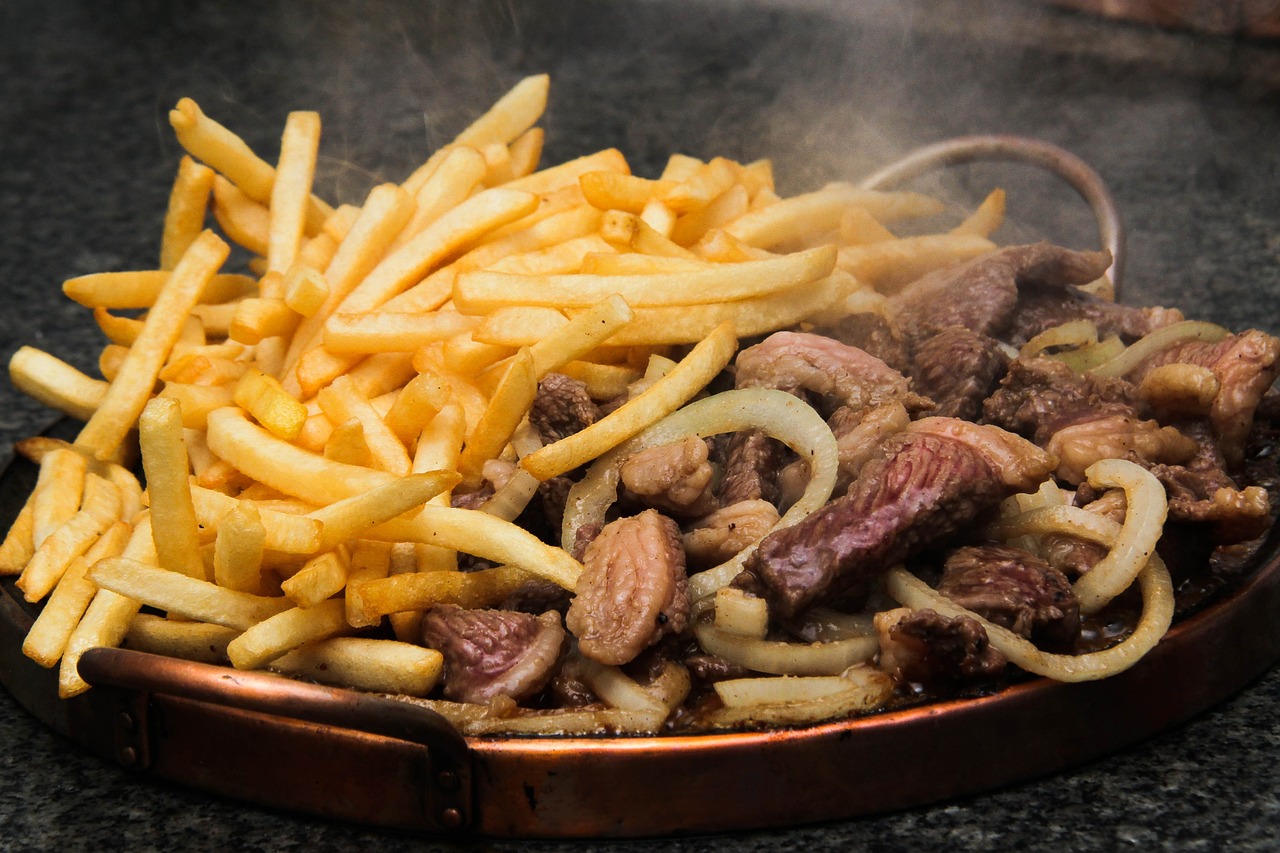
Feijoada: A Symbol of Brazilian Identity
Feijoada, the hearty stew that has captured the hearts and taste buds of Brazilians for generations, goes beyond being just a dish—it is a symbol of Brazilian identity. This iconic meal represents the fusion of diverse cultural influences that have shaped Brazil's culinary landscape over the centuries. From the African roots of black beans and pork to the Portuguese seasonings that add depth of flavor, Feijoada embodies the country's rich history and heritage in every savory bite.
As a symbol of Brazilian identity, Feijoada plays a significant role in cultural celebrations and social gatherings throughout the country. Whether enjoyed at a lively family reunion or a festive carnival party, this beloved dish brings people together, fostering a sense of community and shared tradition. Its presence on dining tables across Brazil serves as a reminder of the nation's culinary legacy and the pride that comes with preserving age-old recipes and cooking techniques.
Moreover, Feijoada symbolizes the resilience and resourcefulness of the Brazilian people. Originally created by enslaved Africans using leftover cuts of meat, this dish reflects the ingenuity and creativity born out of challenging circumstances. Its evolution into a revered national treasure showcases the ability of Brazilians to transform humble ingredients into a culinary masterpiece that transcends boundaries and unites people from all walks of life.
When enjoying a steaming bowl of Feijoada, one not only savors the complex flavors and textures but also partakes in a shared cultural experience that connects them to the heart and soul of Brazil. It is more than just a meal; it is a manifestation of Brazilian identity, a testament to the country's vibrant spirit, and a celebration of its diverse heritage.

Health Benefits and Nutritional Value of Feijoada
Feijoada is not only a delicious and hearty stew but also a dish packed with health benefits and nutritional value. This iconic Brazilian dish is a nutritional powerhouse, offering a balance of protein, fiber, and essential vitamins that contribute to a well-rounded diet.
One of the key nutritional benefits of Feijoada comes from its protein content. The combination of black beans and various cuts of pork provides a substantial amount of protein, which is essential for muscle growth and repair. Additionally, the fiber content in Feijoada, primarily from the black beans, helps support digestive health and promotes a feeling of fullness.
Feijoada is also rich in essential vitamins and minerals that are vital for overall health. The inclusion of ingredients like onions, garlic, and bay leaves adds flavor as well as important nutrients such as vitamin C, vitamin B6, and iron. These nutrients play a crucial role in boosting the immune system and supporting energy production in the body.
When enjoyed in moderation and paired with healthy side dishes like steamed vegetables or a fresh salad, Feijoada can be a nutritious addition to your diet. The key is to balance the hearty stew with lighter accompaniments to create a well-rounded meal that provides a variety of nutrients.
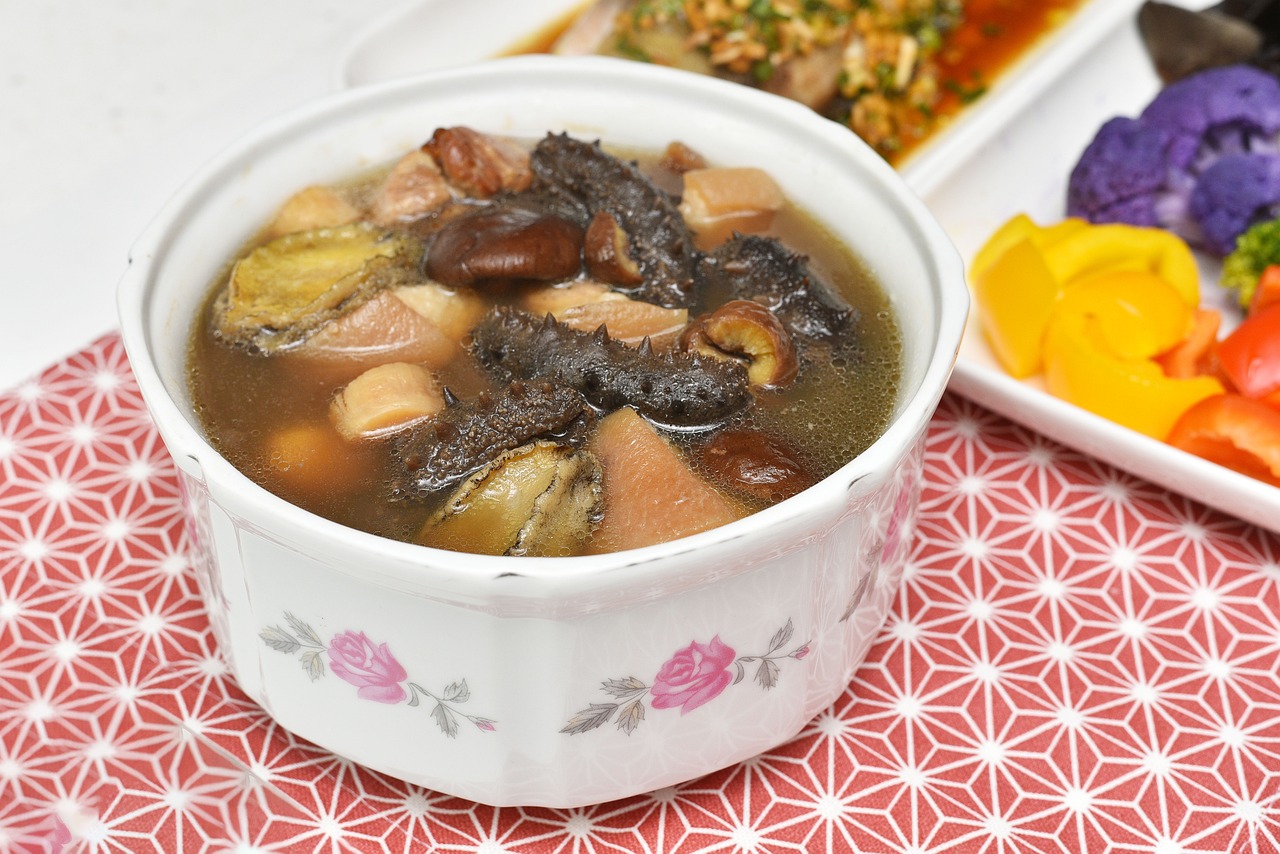
Tips for Making Authentic Feijoada at Home
Creating an authentic Feijoada at home requires attention to detail and respect for traditional techniques. To start, ensure you have all the necessary ingredients on hand, including black beans, pork cuts, seasonings, and accompaniments. Quality ingredients are key to achieving the rich and robust flavors characteristic of this Brazilian stew.
When preparing Feijoada, remember that patience is key. Soaking the black beans overnight is essential to ensure they cook evenly and become tender. Additionally, take your time when slow-cooking the meats in a clay pot to allow the flavors to meld together and develop a depth of taste that is truly authentic.
One important tip is to layer the ingredients properly in the pot. Start with the beans at the bottom, followed by the meats and seasonings, allowing the flavors to infuse as the stew simmers. Stirring occasionally and tasting as you go will help you adjust the seasoning to achieve the perfect balance of flavors in your Feijoada.
Don't forget about the accompaniments! Serve your Feijoada with classic side dishes like farofa, collard greens, orange slices, and a refreshing caipirinha cocktail to complete the experience. These pairings not only enhance the flavors of the stew but also add a touch of authenticity to your Brazilian feast.
Lastly, embrace the spirit of Feijoada as a communal meal meant to be shared with family and friends. Gather your loved ones around the table, savor the hearty flavors of the stew, and celebrate the cultural heritage and traditions that make Feijoada a beloved symbol of Brazilian cuisine.
Frequently Asked Questions
- What is Feijoada?
Feijoada is a traditional Brazilian stew known for its rich and hearty flavors. It typically consists of black beans cooked with a variety of pork cuts, seasonings, and spices.
- What are the key ingredients in Feijoada?
The key ingredients in Feijoada include black beans, pork cuts such as sausage, bacon, and pork ribs, as well as seasonings like bay leaves, garlic, and orange peel.
- How is Feijoada traditionally prepared?
Feijoada is traditionally prepared by soaking black beans overnight, then slow-cooking them with the pork cuts and seasonings in a clay pot. This slow cooking process allows the flavors to meld together and develop a rich taste.
- Are there regional variations of Feijoada?
Yes, there are regional variations of Feijoada across different states in Brazil. These variations can include differences in ingredients used, cooking methods, and even the accompaniments served with the dish.
- What are some typical accompaniments for Feijoada?
Common accompaniments for Feijoada include farofa (toasted cassava flour), collard greens, orange slices, and caipirinha cocktails. These side dishes complement the flavors of the stew and enhance the dining experience.
- Is Feijoada a healthy dish?
While Feijoada is a hearty and flavorful dish, it is also packed with protein, fiber, and essential vitamins. When enjoyed in moderation and paired with healthy side dishes, Feijoada can be a nutritious addition to a balanced diet.
- Any tips for making authentic Feijoada at home?
For making authentic Feijoada at home, it's essential to source quality ingredients, follow traditional preparation methods, and allow enough time for the flavors to develop. Expert tips can help you recreate the authentic taste of this iconic Brazilian stew.





